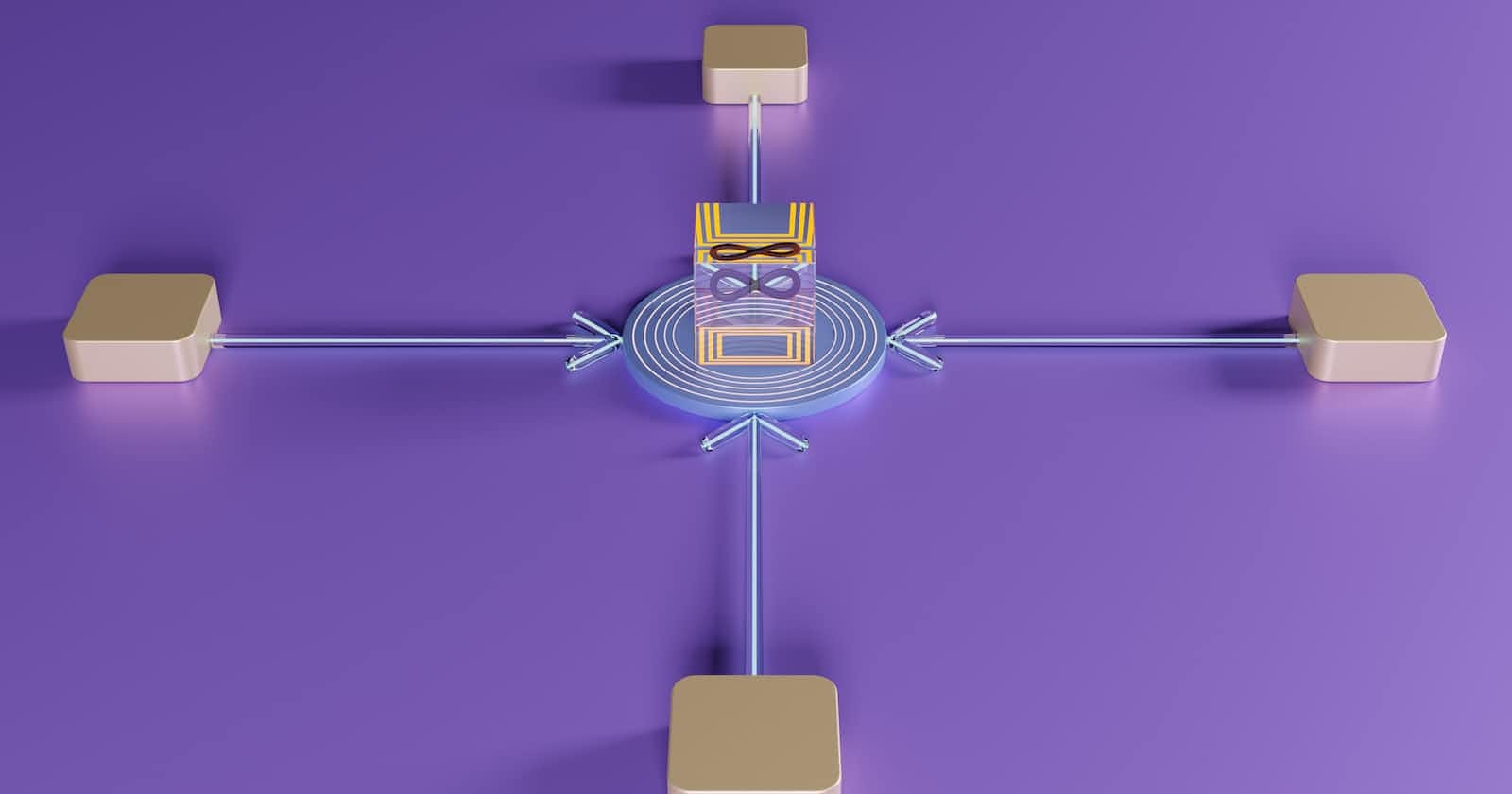DevOps is a set of practices that combines software development (Dev) and IT operations (Ops) to improve the speed and quality of software delivery. The DevOps lifecycle is a continuous process that involves planning, coding, building, testing, releasing, deploying, operating, and monitoring software applications.
In an application-focused DevOps lifecycle, the focus is on the application itself and how it can be developed, delivered, and maintained efficiently. Here's a brief overview of each stage of the application-focused DevOps lifecycle:
Plan: In this stage, teams define the goals of the project, identify the features that will be developed, and plan how to achieve them. This includes setting timelines, assigning tasks, and defining metrics to measure progress.
Code: In this stage, developers write the code for the application based on the requirements defined in the planning stage. The code is typically stored in a version control system like Git to track changes and facilitate collaboration.
Build: In this stage, the code is compiled into a deployable package, such as a container or an executable file. This package includes all the dependencies and libraries needed to run the application.
Test: In this stage, the application is tested for functionality, performance, security, and other quality attributes. Testing can be automated or manual, depending on the complexity of the application and the testing requirements.
Release: In this stage, the application is packaged and prepared for deployment to the production environment. This involves creating release notes, documenting the changes made to the application, and communicating with stakeholders about the release.
Deploy: In this stage, the application is deployed to the production environment, typically using a deployment automation tool like Kubernetes or Docker Swarm. The deployment process should be repeatable, reliable, and scalable.
Operate: In this stage, the application is monitored, managed, and maintained in the production environment. This includes activities like logging, performance monitoring, error handling, and security patching.
Monitor: In this stage, the application is monitored for performance, availability, and other key metrics. This helps identify issues and improve the overall quality of the application.
Overall, an application-focused DevOps lifecycle is designed to enable teams to deliver high-quality applications quickly and efficiently, while reducing errors, improving collaboration, and increasing customer satisfaction.

